This critical habitat ensures elk, mule deer, pronghorn antelope, and other migratory species are able to move between their summer and winter ranges, and take full advantage of the spring greenup.
In recent years, big game migration has taken center stage at the intersection of science, policy, and management. We’ve known for decades that these animals migrate, but recent research and technology have helped to define the exact locations of critical corridors and stopover areas, and how animals use these habitats. As a result, it is imperative that efforts to conserve these habitats advance on both public and private lands.
Download our latest report on big game migrations and land-use plans.
DOWNLOAD
Recent advances in GPS telemetry have been remarkable. Scientists catch the animals they’re studying and fit them with GPS collars that can pinpoint an animal’s location within a few feet. These collars can be programmed to mark multiple locations for each animal over any desired 24-hour period, automatically transmitting this information to researchers. These locations are then plotted to create accurate, detailed maps showing where the animals traveled, how much time they spent in certain areas, and which habitats they preferred during these annual migrations. This data allows us to identify features like migratory bottlenecks—where animal movement becomes constrained, perhaps by a highway, fence, or the terrain itself—and stopover areas where animals feed and rest during migration.
With better data, we now know that seasonal habitats and migratory corridors for big game span a checkerboard of land ownership types, complicating efforts to manage and conserve these landscapes. Collaboration between public agencies and private landowners is critical to preserving these migrating species.
Migration can be tough on animals that travel long distances, especially when they are challenged by fragmented habitats and barriers to their movements. Their ability to reach the seasonal habitats they depend upon can be impeded, degraded, or eliminated by land or resource development. Fences, highways, housing developments, and energy development can change movement patterns or close off migration corridors altogether.
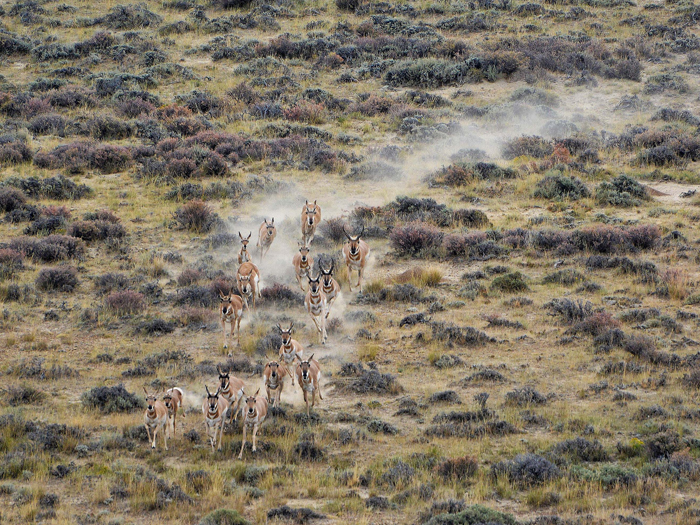
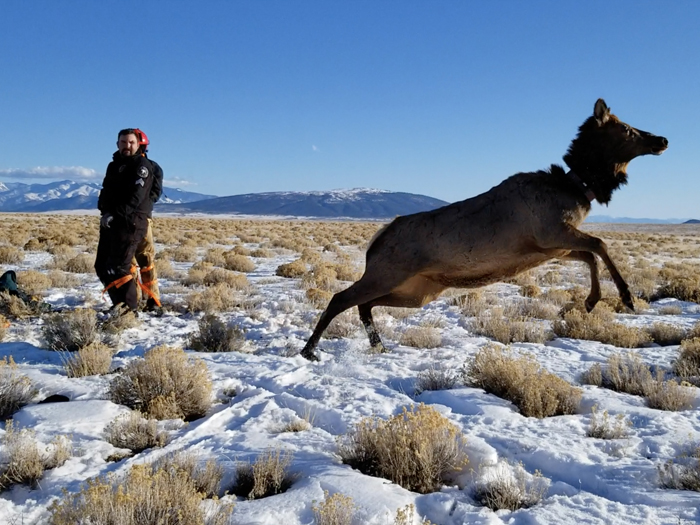
Migration corridors and seasonal habitats have received much needed attention recently and new federal and state polices have called for their study and conservation. But the problem remains that land-use policy and planning tools haven’t been updated, even as we’ve learned so much more about these critical habitats. Existing federal agency plans generally do not account for recent advances in migration science and technology, and conservation and restoration needs in a changing world.
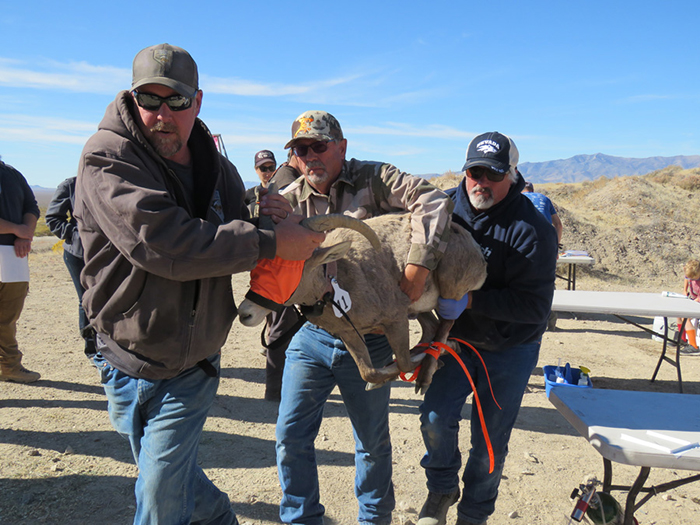
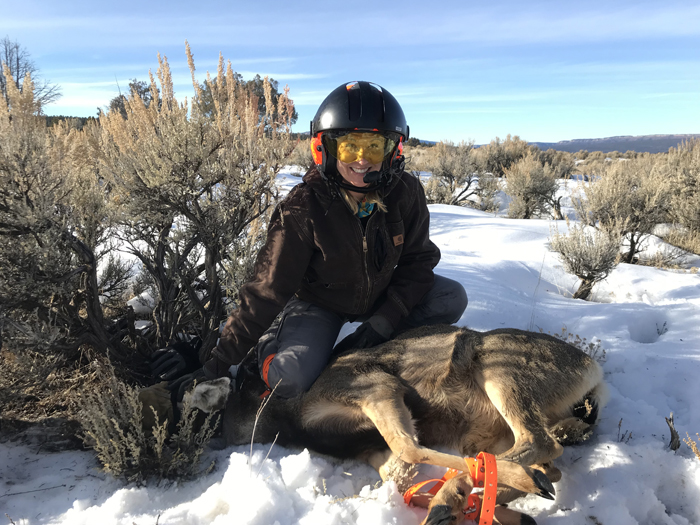
Coordinated management, planning, funding, and project implementation is needed to ensure that big game populations remain sustainable for future generations. Cooperative efforts toward common goals should drive decisions regarding energy development, transportation infrastructure, residential development, mining, and recreational activities that may impact wildlife health and survival.
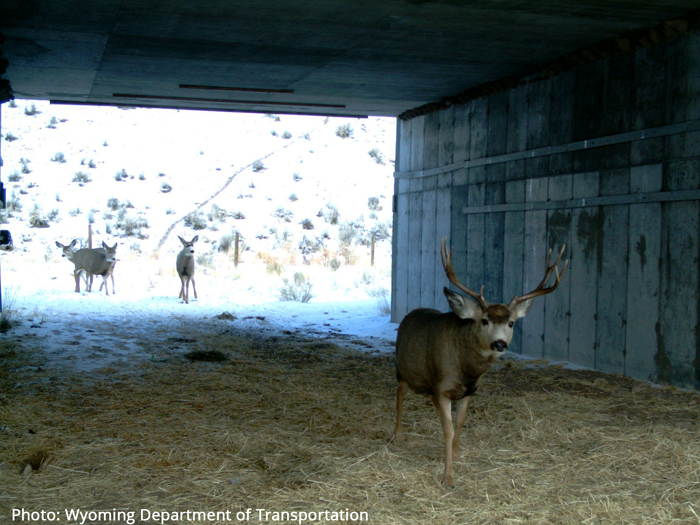
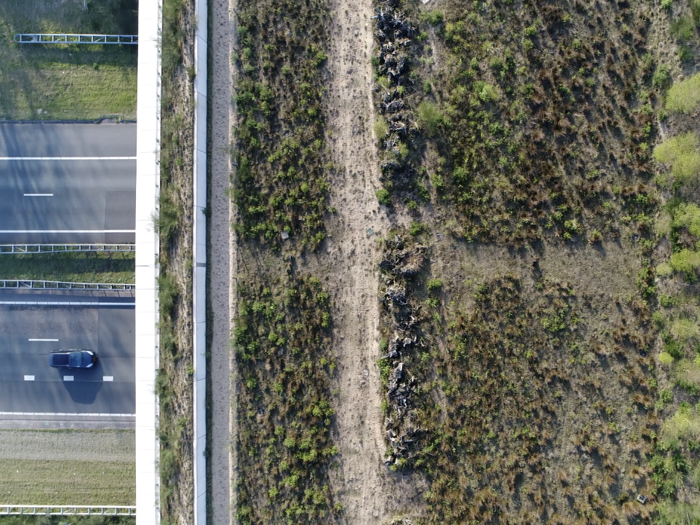
Roads can be a significant impediment to safe migrations, and collisions can cause both human and wildlife mortality. When properly designed, wildlife crossing infrastructure—including fencing, overpasses, and underpasses—has been shown to significantly reduce collisions between wildlife and vehicles. Lawmakers can take steps to ensure adequate funding is made available to support the implementation of these proven measures, while maintaining funding for other agency priorities.
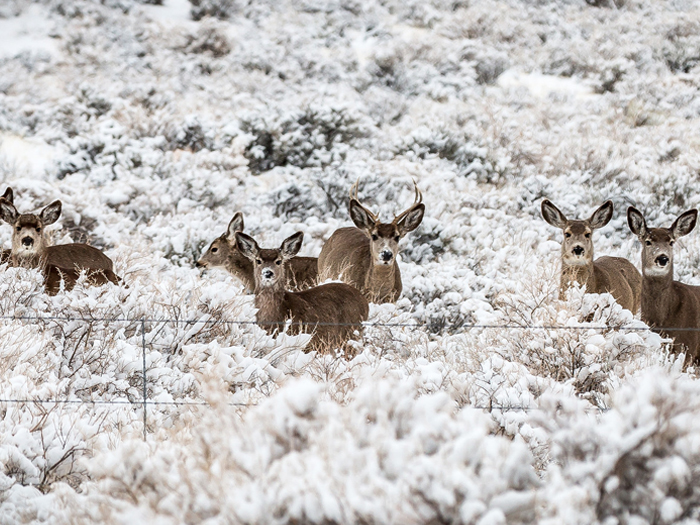
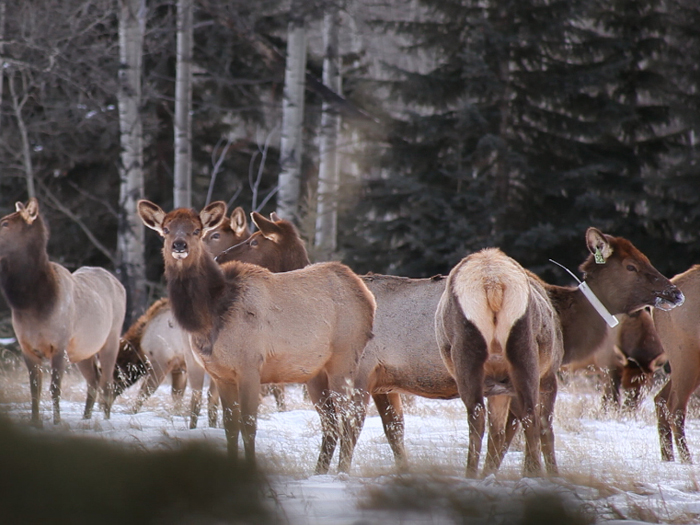
Agencies at all levels should identify ways they can formally integrate migration corridor conservation into their existing programs. Organizational priorities, research agendas, and habitat conservation programs can be tailored to address the management challenges of wildlife migration and movement, and enhancing seasonal habitats. Furthermore, state and federal agencies, industry, non-profit organizations, and private landowners all should work together toward long-term goals for corridor conservation to ensure thriving populations of big game animals and healthy landscapes for all.
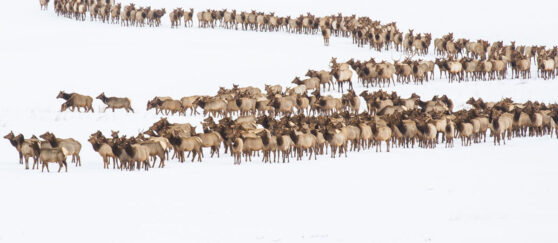
Solar goals can be achieved & wildlife habitat conserved through modified BLM proposal.
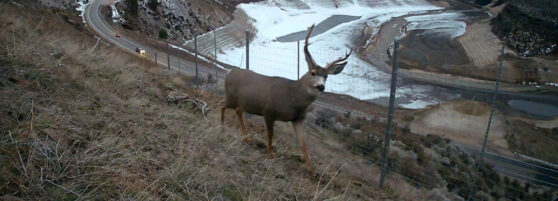
The Cervidae Peak Wildlife Overpass was built specifically to foster highway safety and accommodate wildlife.
Theodore Roosevelt’s experiences hunting and fishing certainly fueled his passion for conservation, but it seems that a passion for coffee may have powered his mornings. In fact, Roosevelt’s son once said that his father’s coffee cup was “more in the nature of a bathtub.” TRCP has partnered with Afuera Coffee Co. to bring together his two loves: a strong morning brew and a dedication to conservation. With your purchase, you’ll not only enjoy waking up to the rich aroma of this bolder roast—you’ll be supporting the important work of preserving hunting and fishing opportunities for all.
Learn More

